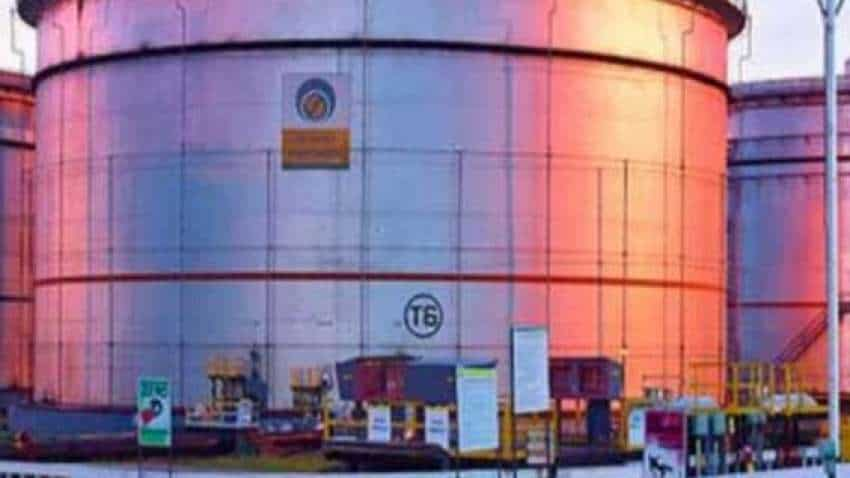Choosing the right tank and liner for your home or business is an important decision. The type of tank you select can have an impact on the environment, as well as your budget. Whether you’re looking for a water storage solution, a wastewater treatment system, or something in between, there are a few key factors to consider when selecting the right tank and liner.
Choosing the Right Tank Size
When choosing the right size tank for your home, the options can seem endless. But with a little research and careful consideration, you can find the perfect tank for your needs. Here are a few things to keep in mind when choosing the right tank size:
-The first thing you must do is determine the tank’s purpose. Are you looking for a primary water source or a backup?
-Your next step is to consider the climate in which you live. If you live in an area with cold winters, you’ll need a larger tank, so it doesn’t freeze and crack.
-You also need to consider how many people will be using the water from the tank. A family of four will need more water than a single person.
Selecting a Tank Material
Many different materials can be used to construct a tank, each with its tank inspections advantages and disadvantages. The most common materials used for tanks are concrete, steel, and fiberglass.
Concrete is the most common material used for residential and commercial water tanks. Concrete tanks are strong and durable and can last for many years with proper maintenance. However, concrete tanks are susceptible to cracking and leaks if not properly cared for.
Steel tanks are another popular option for both residential and commercial use. Steel tanks are less likely to crack or leak than concrete tanks, but they are more expensive. Steel tanks also require more maintenance than other types of tanks.
Deciding on a Liner Type
There are several factors to consider when deciding on a type of liner for your tank, including the intended use of the tank, the size and shape of the tank, and the climate.
The most common type of liner is a PVC liner, which is suitable for most uses. PVC liners are strong and durable and can be used in cold and warm climates.
If you plan to use your tank for drinking water, you will need to choose a food-grade liner that is safe for potable water. Many options are available, including PVC and EPDM liners that are FDA-approved for drinking water storage.
The size and shape of your tank will also affect the type of liner you need. Round tanks require less material than square or rectangular tanks, so they are usually less expensive. Oval or kidney-shaped tanks are also popular because they use less material than other shapes and can be customized to fit into tight spaces.




